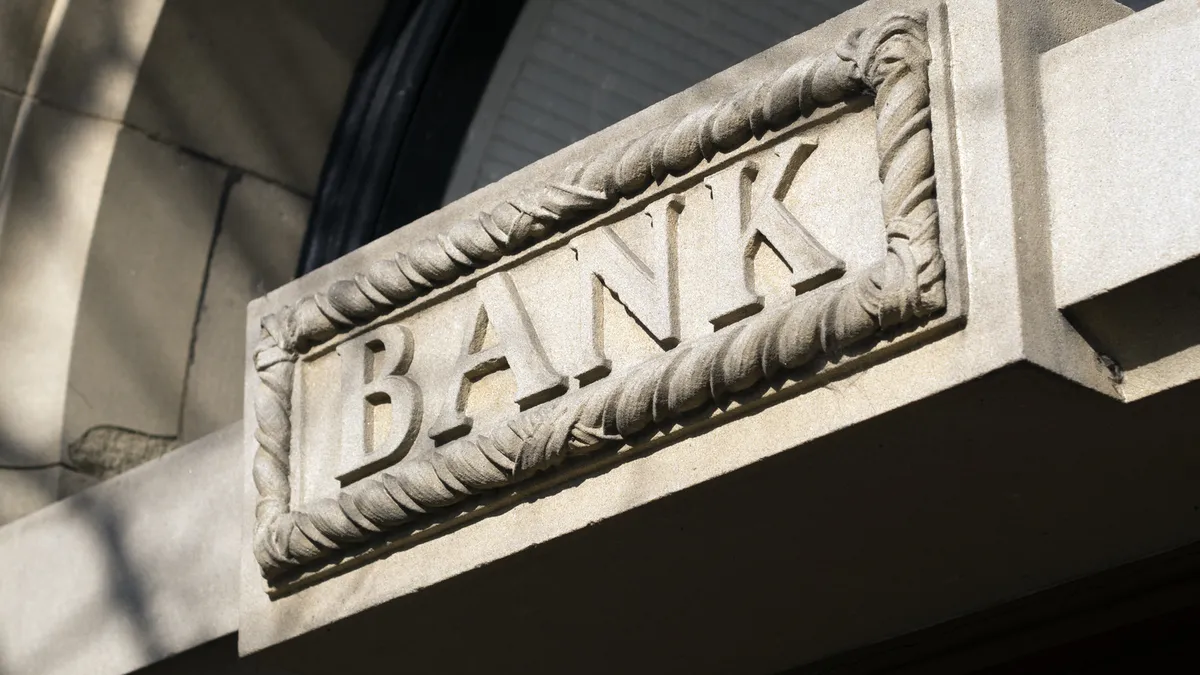Dondi Black is senior manager of payments strategies at FIS. Opinions expressed are author's own.
Many community banks are in a sink-or-swim moment.
They’ve taken steps to offer customers the same features and functionalities as bigger banks and neobanks, but they are up against another challenge that technology investments won’t solve: The elements that draw consumers to one financial provider over another, and who they turn to for advice when making a decision about a financial provider, has shifted. My own children, both in their 20s, recently switched to community banks because of recommendations from friends and family and positive online and social media reviews.
This is a departure from relying solely on the local physical presence that has helped entrench community banks into their localities. Technology, social media and the Internet of Things have changed what it means to be part of a community, and who people trust. Community isn’t limited to a physical place. It’s a common ideology, set of interests or an affiliation to which people feel a strong pull and sense of belonging. This shift presents an amazing opportunity for community banks to reinvent who they serve, why and the value they bring to that customer base.
Here are three ways community banks can use the changing definition of community to reimagine their strategic vision.
Create mini financial services ecosystems
Community banks that define their customer base by industry or professional association have a significant opportunity to differentiate and grow market share. For example, we see many community banks establishing a strategy to become the premier local partner to insurance providers, doctors, dentists, universities or other industry-specific groups. Others are focusing on an ecosystem that attracts underserved segments for deposit growth and cultivates them into credit holders and small-business prospects.
A great example of that approach is what we see First Horizon and SunTrust (which has since become Truist) have done with Operation HOPE. These providers share a portion of the physical branch space with a dedicated financial literacy and credit counselor from the nonprofit. The partnership supports their Community Reinvestment Act compliance strategy in a way that mirrors their brand values to the communities they serve. Investing in an ecosystem approach that fits the needs and interest of a particular group of consumers enables providers to form unique community bonds that are difficult for competitors to infiltrate.
Cater to a shared special interest or affinity groups
The definition of affinity has become incredibly broad, and affinity opportunities exist anywhere there is a common interest. Whether that group is made up of gamers, sports team fans or loyalists to a certain car brand is secondary. Additionally, social media offers an opportunity for community banks to connect with localized affinity groups. Any common interest people embrace to the extent that they want to celebrate a relationship or sense of belonging can be an affinity opportunity for community banks.
Simple tactics like card branding, presence at special events or co-sponsored signage at venues that cater to an affinity group can help community banks provide the kind of special experience that builds loyalty and connectedness.
A great example of this approach is what Pinnacle Bank has done with the NBA’s Memphis Grizzlies. Loyal fans need only drop into a local Pinnacle branch to establish a deposit account that is uniquely “Grizzly.” Account benefits include a free Memphis Grizzlies debit card, free mobile banking and special ticket offers to upcoming home games for the basketball franchise.
Make the physical branch an extension of the virtual experience
Many of today’s leading retailers have invested to create environments with a primary purpose of inviting consumers into a tangible, sensory experience that brings the brand values and the customer base together in one place, rather than to sell merchandise from it. Everyone in the room, even for a few moments, feels a part of the brand.
Community banks can modernize their delivery strategies by viewing the physical presence through a similar lens that’s aligned with their digital presence. We’ve seen this type of experience in action in Capital One cafés, which are part bank, part coffee shop and part digital lifestyle coaching counter.
Community banks need to cast their line of sight further ahead as they invest in modernization and innovations geared toward attracting and retaining digital native customers. Those that harness the power of affinities and lean into digital transformation to create powerful connections with those segments can garner the kind of organic loyalty that fuels and sustains growth over the long term.



















